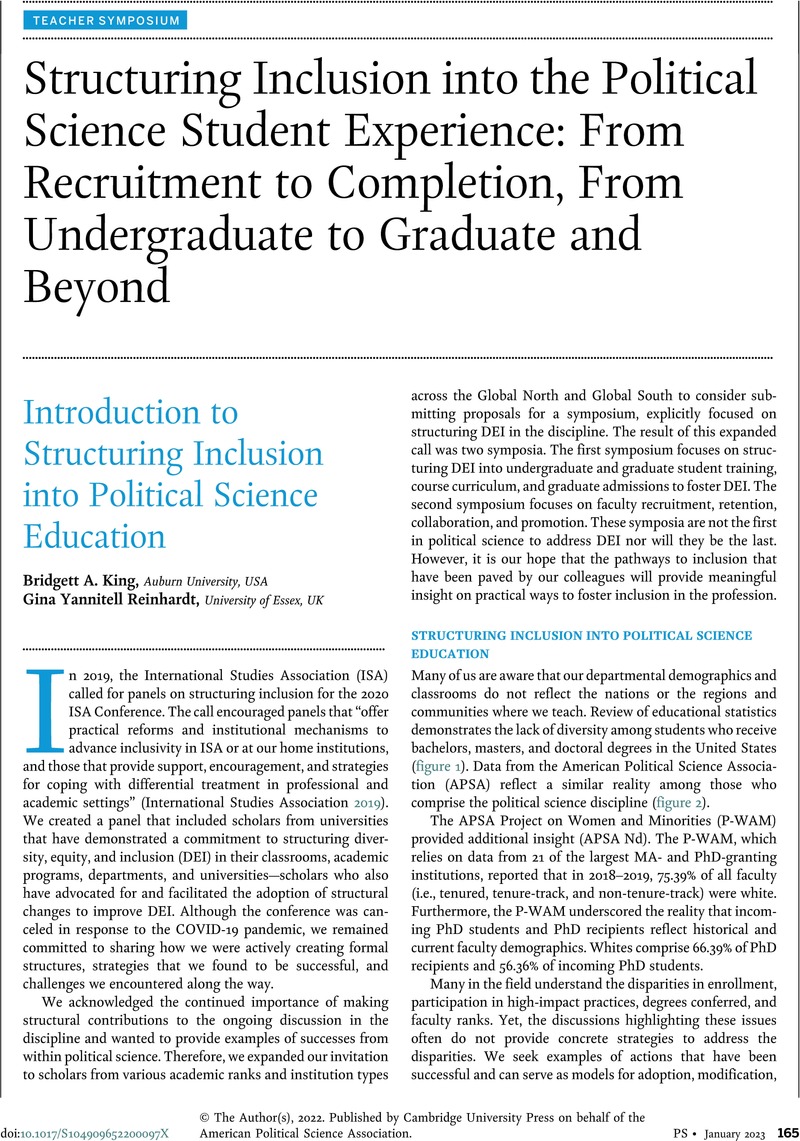Shaw, Todd.
2021. “Building an Inclusive Syllabus: An APSA Teaching & Learning Webinar.” American Political Science Association online webinar, October 20.
https://politicalsciencenow.com/building-an-inclusive-syllabus-an-apsa-teaching-learning-webinar.
Google Scholar 